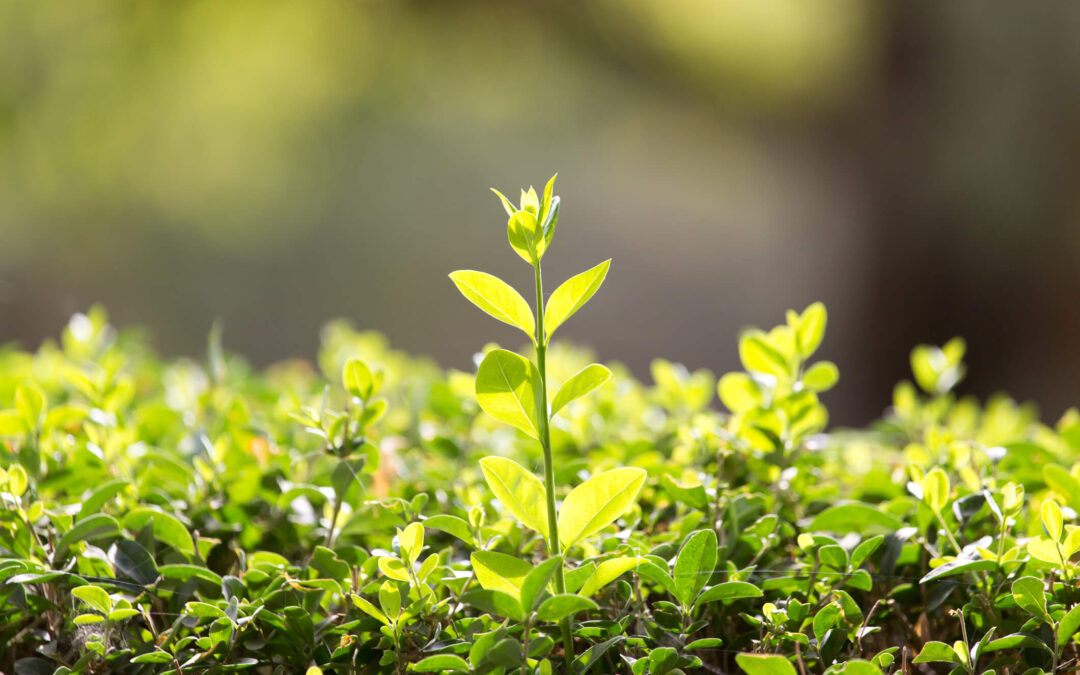The Anti-lawn Revolution is in full swing in Central Florida as residents are replacing their grass with pretty ground covers.
Homeowners in Orlando are becoming disenchanted with traditional Florida lawns. The reason for this is because grass requires near constant attention and people are tired of spending time and money on weekly mowing and seasonal weed & feed and pesticide treatments. To make matters worse, Central Floridians are sometimes forced to replace sections of grass or their entire lawn when it gets damaged and diseased from too much water, too little water, or insect damage.
Reclaim your weekend & save money by replacing grass with ground cover!
The following ground covers make ideal lawn substitutes because they are native to Florida.
Sea Purslane
You can’t go wrong replacing your lawn with Sesuvium portulacastrum! This evergreen perennial quickly forms a mat with its trailing reddish-green stems that boast fleshy succulent leaves. This attractive ground cover is beloved for the small pink flowers it produces throughout the year. Sea purslane grows 6 to 12 inches tall and thrives in sandy well-draining soils. It’s perfect for replacing Central Florida lawns because it’s unfazed by long periods of dry, moist, and wet conditions once established.
There are so many reasons to love Sea Purslane. Feel free to let it grow everywhere you had grass as it enjoys both full sun and light shade. In addition to being maintenance free, it even reseeds itself to become thicker every year!
Baby Rubber Plant
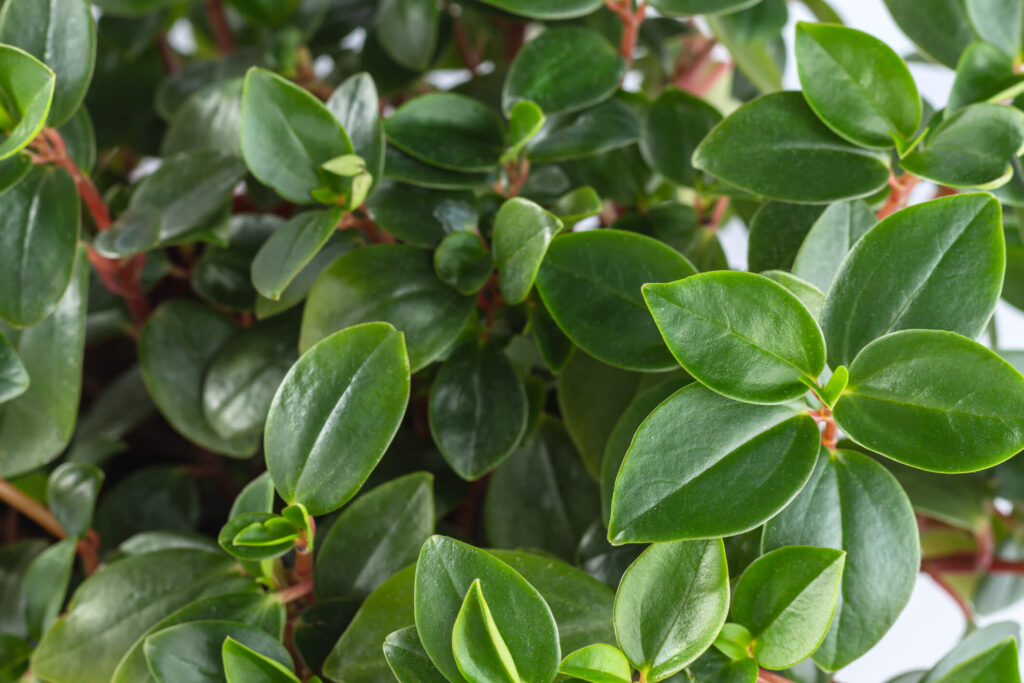
Peperomia obtusifolia is a beautiful alternative to Central Florida grass. This bushy evergreen is an upright growing perennial that has thick, dark green waxy leaves. Baby rubber plant grows in clumps that reach 6 to 12 inches high. At different times throughout the year, tiny creamy-white flowers appear above the foliage on 5-inch long slender spikes.
Baby rubber plant prefers partial sun and shade and grows best in soil that’s sandy, moist, and well-draining, so be sure to irrigate it regularly.
Lemon Bacopa
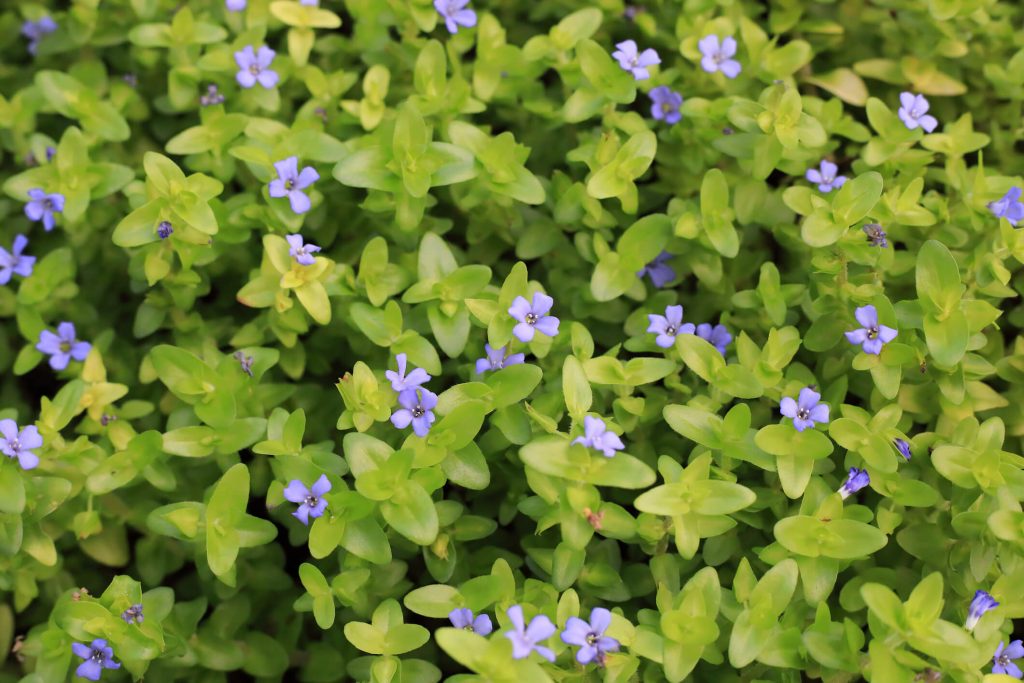
Bacopa caroliniana is a gorgeous blue flowering ground cover that is also known as Blue water hyssop and Lemon water hyssop. This creeping perennial has thick succulent leaves that release a lemony scent when crushed. Lemon bacopa is fast growing and reaches a height of 6 to 12 inches. It blooms from late spring to fall, and its delicate flowers are less than an inch in diameter.
This is a great ground cover if you want to attract pollinators while resisting pests and disease. However, it requires very moist conditions in a semi-shady area, so if your yard has spots that won’t dry out because of dappled sunlight, you should consider planting Lemon bacopa.
Speaking of moist conditions, it’s always a good idea to check your irrigation system every so often to make sure it’s working properly. If you’re not sure your system is running like it should, call us or complete our request service form and we’ll be happy to take a look.
Lyreleaf Sage
Salvia lyrata is perfect as a lawn replacement because its green and purple foliage only grows as high as 2 inches. This herbaceous perennial loves full sun and is at home in sandy soil. From early spring to early summer, its petite pale blue and lavender flowers attract butterflies and hummingbirds. Keep Lyreleaf sage healthy with regular waterings and it will show its appreciation by filling in all the space once occupied by grass and even reseeds itself.
If you still want some grass, you’ll love this ground cover because it responds well to mowing, so you can zip through your yard with the lawn mower without having to worry about avoiding this flowering beauty.
Beach Sunflower
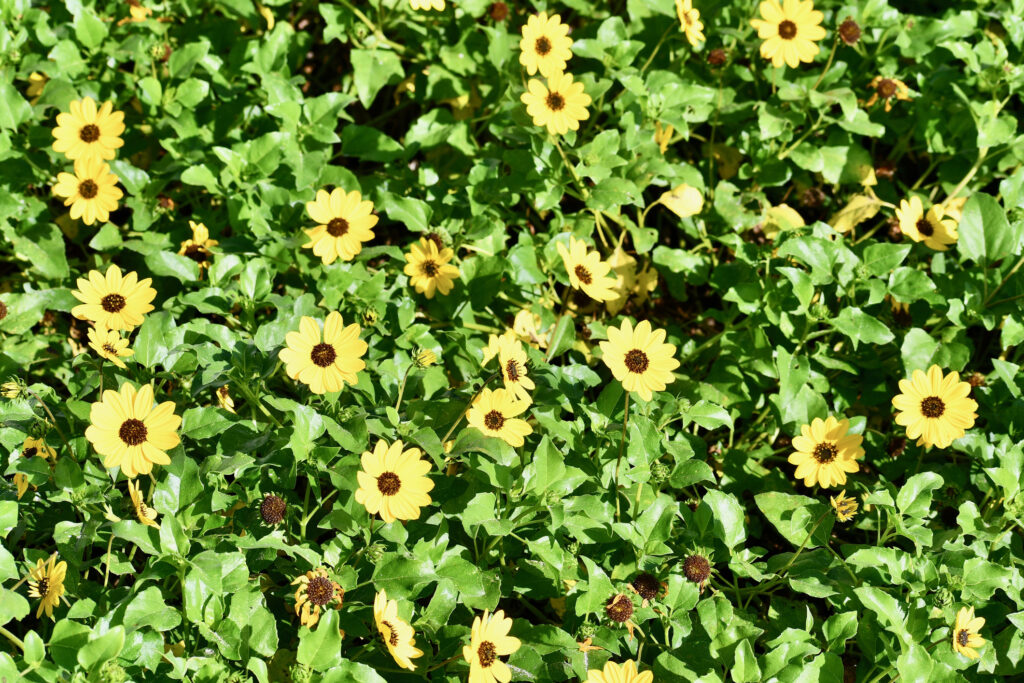
If you’re looking for a ground cover with some height, Helianthus debilis grows 1 to 2 feet tall. Beach sunflower is a fast spreading perennial that will continuously decorate your yard with bright sunny blooms until Jack Frost pays a visit. Even when touched by freezing temperatures, Beach sunflower will reappear when spring arrives. Very low maintenance, this gorgeous ground cover is drought tolerant and self-seeds. To keep it performing at its best, irrigate it regularly.
Beach Verbena
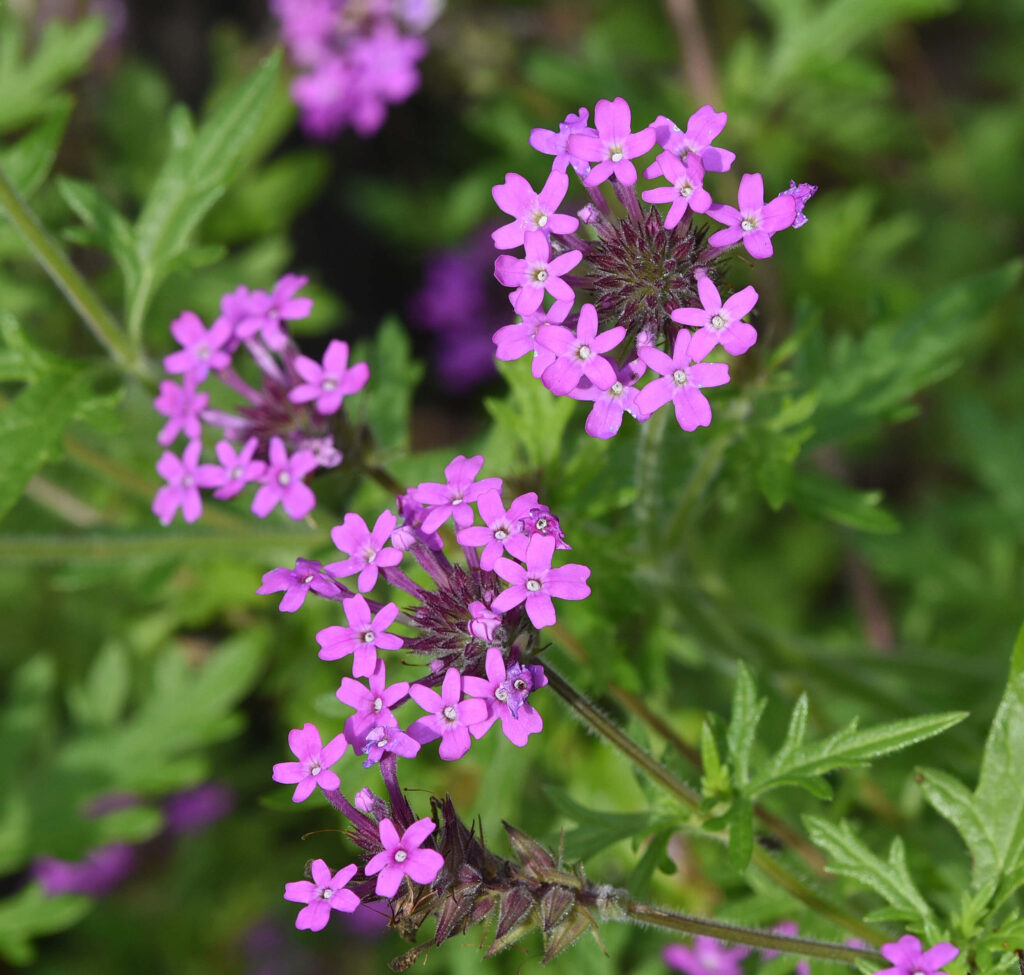
Glandularia maritima is a thick ground cover that quickly forms a dark green mat that produces deep pink to lavender flowers all year long. Beach verbena grows 8 inches to one foot in height and thrives in sandy, well-draining soil. It needs full sun and can tolerate drought conditions. When you plant this ground cover in place of grass, butterflies will be drawn to your garden because they love this evergreen showstopper!
Even though Beach verbena is an aggressive spreader, it’s a state-listed endangered species, so planting it in abundance is the best way to ensure its survival and help the local environment and Florida’s indigenous wildlife.
Grow ground cover in place of grass to reap the rewards!
When you plant attractive native ground covers in place of grass, you’re not only helping the environment and wildlife, but you’re saving money and water while freeing yourself from time consuming lawn maintenance. The best part is that you don’t need to choose just one ground cover! Planting several different varieties will fill your yard with color and encourage birds, butterflies, and other friendly pollinators to indulge themselves among your carpet of flowers.
Ground covers native to Florida are designed to thrive in tropical climates, so rainy summers and dry winters are exactly what keeps them happy and healthy. However, you still need to irrigate regularly to keep them looking their very best.
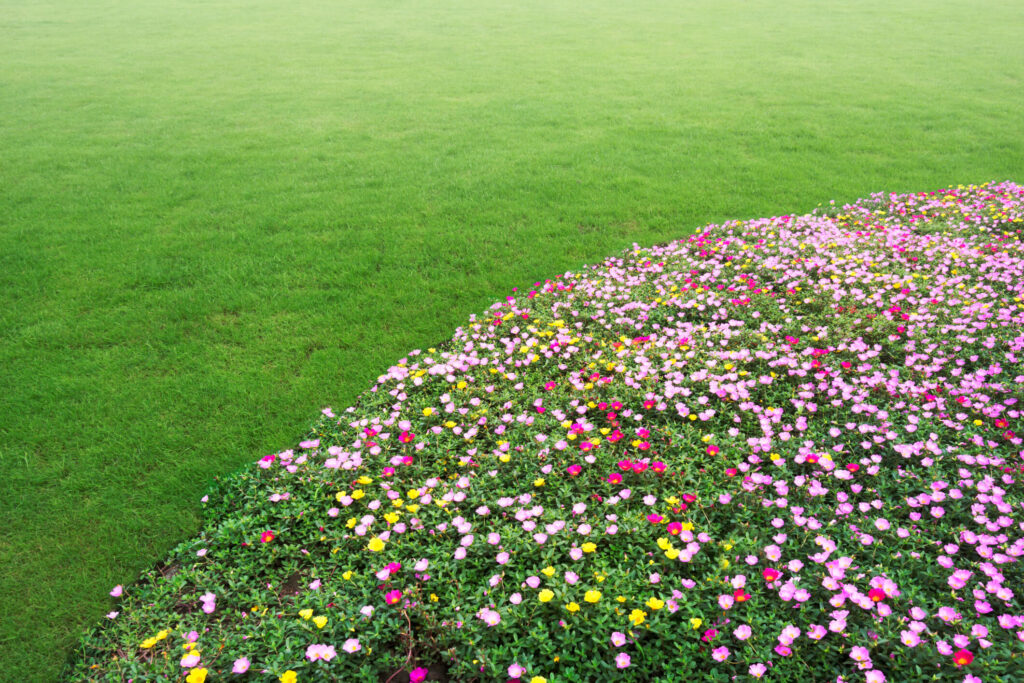
It doesn’t matter if you have a lawn of grass or ground cover, it’s important to keep everything properly watered. If you ever need assistance with sprinkler repair or irrigation in the Orlando area, we’re here to help!

